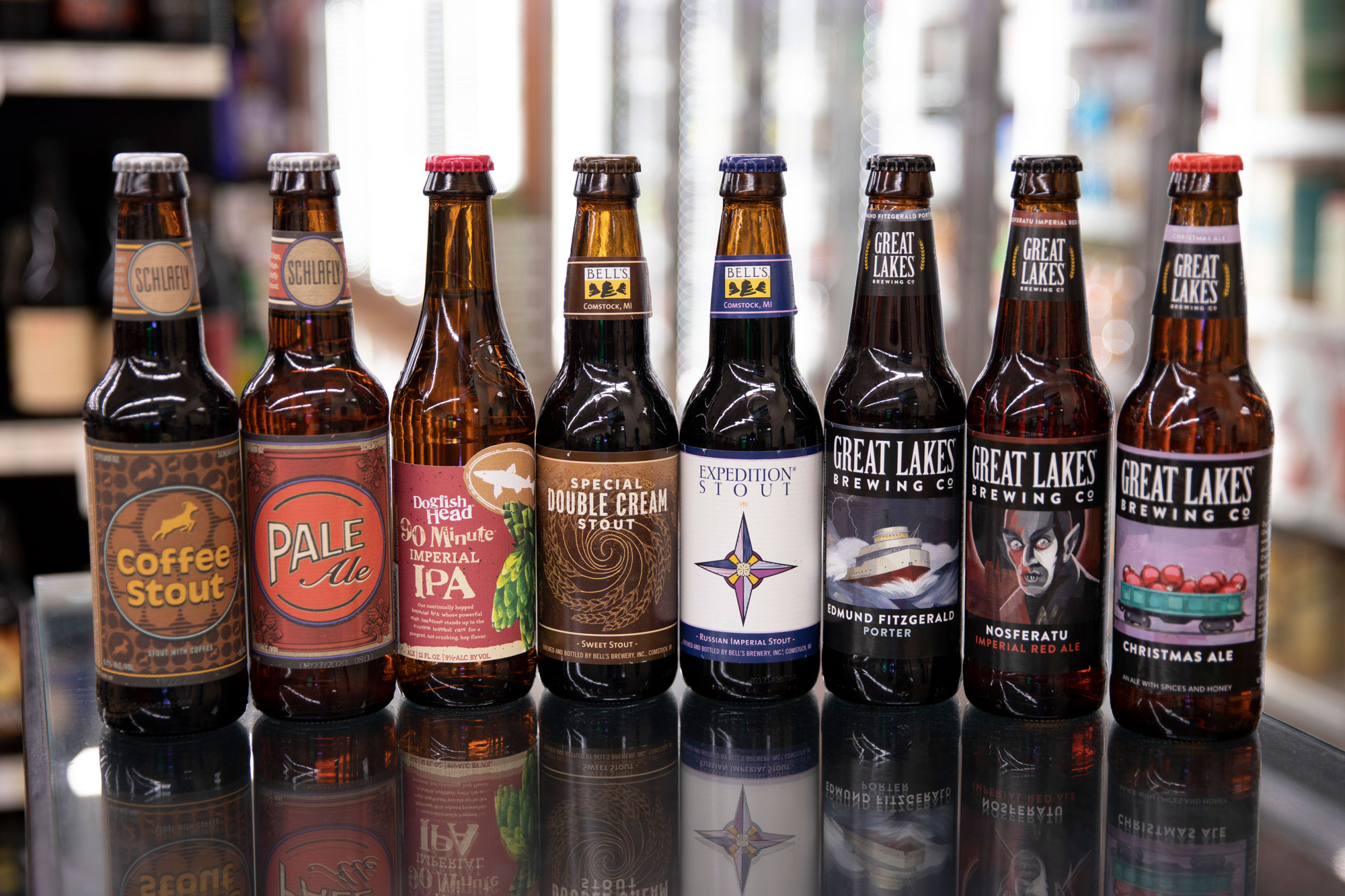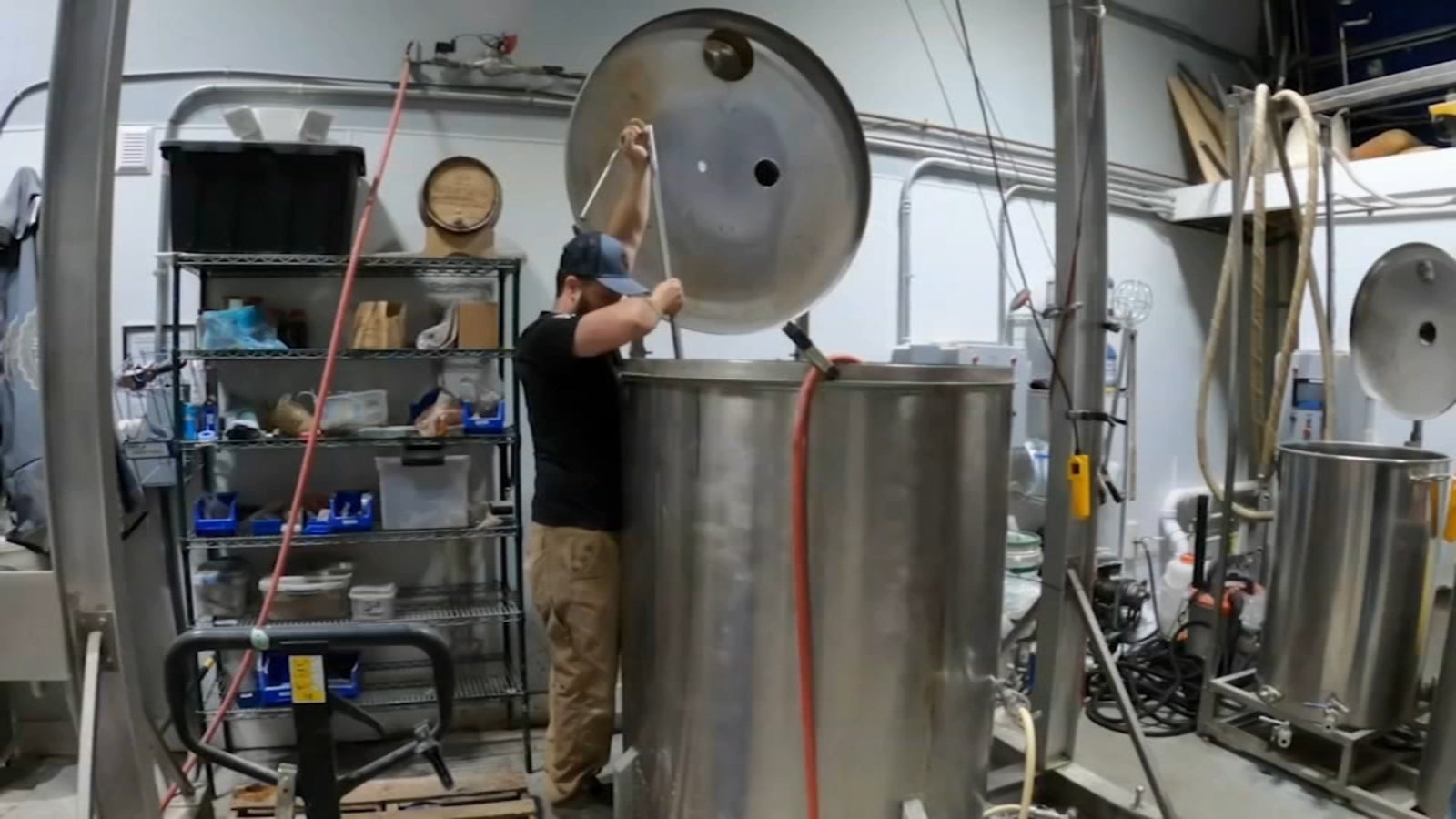Galveston Liquor: Your Overview to the Finest Spirits and More
Galveston Liquor: Your Overview to the Finest Spirits and More
Blog Article
The Ultimate Distillery Experience: From Grain to Glass, Everything You Need to Know
Beginning on a journey with the ins and outs of the distillery procedure unveils a world where science fulfills artistry in the development of spirits. From the cautious option of grains to the precise crafting of each bottle, every step in the production line plays a vital function in forming the final item that beautifies our glasses.
The Art of Grain Choice
Choosing the ideal grains is a critical action in the distillation procedure, identifying the taste profile and high quality of the last item. The sort of grain chosen considerably affects the personality of the spirit being generated - Seawall Bar. Common grains made use of in purification include barley, rye, corn, and wheat, each conveying distinctive tastes and characteristics to the end product

Beyond taste considerations, the quality and pureness of the grains are critical. Distillers meticulously resource grains to ensure they are complimentary from impurities and have the essential starch content for fermentation. By understanding the art of grain selection, distillers lay the structure for producing exceptional spirits that captivate the palate.
Purification Refine Demystified
Having actually developed the foundation with careful grain selection, the purification procedure arises as the transformative stage where the significance of the picked grains is opened and refined into a spirited type. Distillation is a methodical process that relies on the concept of dividing alcohol from a mixture based on differences in steaming points. As soon as the fermented mash is warmed in the still, the alcohol evaporates at a reduced temperature level than water and other substances, permitting its extraction. As the alcohol vapors rise and pass with the still, they condense back into liquid form, resulting in a higher evidence distillate. This extract, also referred to as the 'heart cut,' is the purest and best section of the purification run. The process doesn't end there; numerous purification runs or additional steps such as aging in barrels may further refine the spirit, boosting its taste, intricacy, and character. Understanding the ins and outs of the distillation procedure is vital for creating top quality spirits that captivate lovers and enthusiasts alike.
Barrel Aging and Taste Advancement
Throughout the barrel aging procedure, spirits undergo a transformative journey as they interact with the wood, absorbing nuanced tastes and establishing a rich intricacy. As spirits age in the barrels, they extract substances such as vanillin, lignin, and tannins from the timber, adding to the growth of aromas like vanilla, sugar, spice, and also hints of toasted oak.
The porous nature of wood also makes it possible for the spirit to breathe, assisting in the integration of tastes over time. Depending on the duration of aging and environmental Discover More Here problems like temperature and humidity, spirits can get different attributes, from subtle wood notes to deep, complex flavors that make each batch unique.
Craftsmanship in Bottling and Labeling
As spirits reach their optimum taste profiles with barrel aging, the careful craftsmanship in bottling and labeling comes to be the following important action in providing a premium item to customers. The process of classifying and bottling is a critical facet of the total distillery experience, as it is the final touchpoint before the item gets to the hands of consumers (Seawall Bar). Craftsmanship in bottling includes making sure that each container is loaded precisely with the spirit, taking into consideration aspects such as consistency in fill levels and the avoidance of any contaminations going into the container

Tasting and Appreciating Great Spirits
To fully value great spirits, one need to involve all the detects in a intentional and mindful tasting experience. When tasting helpful resources fine spirits, it is important to begin by observing the spirit's appearance. Swish the spirit in your mouth to completely experience its structure and preference.
Verdict
In verdict, the distillery experience includes the detailed art of grain choice, the specific purification procedure, the transformative barrel aging, the thorough craftsmanship in classifying and bottling, and the innovative practice of sampling and valuing fine spirits. Each step in the production procedure plays a critical duty in creating premium spirits that mesmerize the detects Look At This and pleasure connoisseurs worldwide.
The kind of grain chosen significantly influences the character of the spirit being produced. By understanding the art of grain choice, distillers lay the structure for producing outstanding spirits that mesmerize the taste.

Report this page